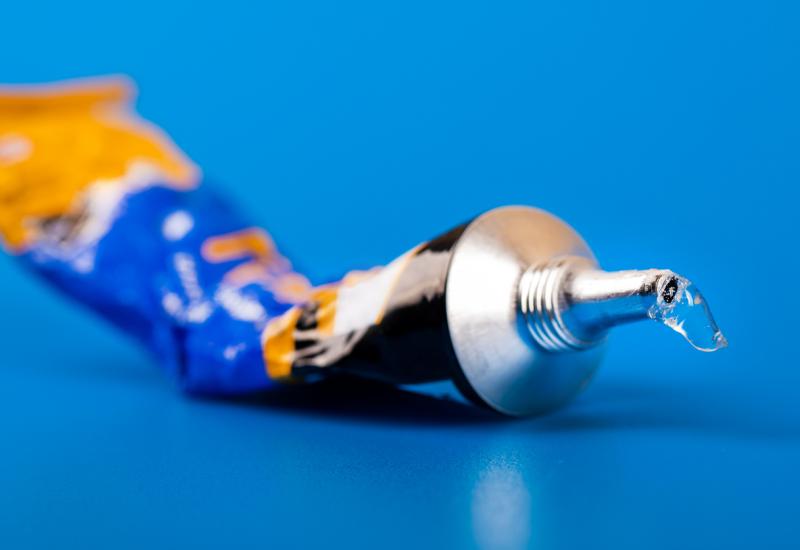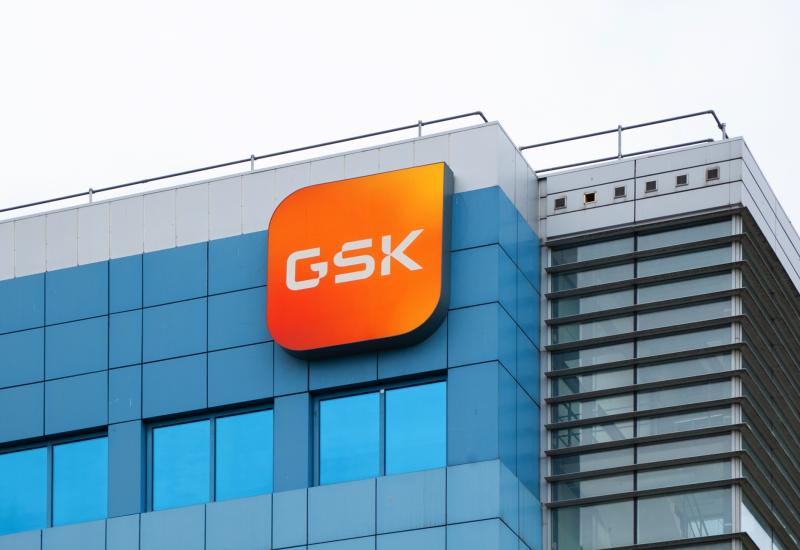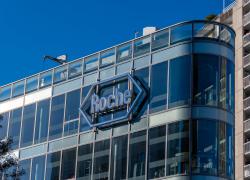
Sino takes out the rest of Merck’s partner
LaNova, which licensed a PD-1 x VEGF to Merck, is acquired by another Chinese player.
LaNova, which licensed a PD-1 x VEGF to Merck, is acquired by another Chinese player.

LaNova Medicines has managed to tempt Merck & Co and AstraZeneca into licensing deals, but these big pharmas will soon be dealing with another entity; the rival Chinese group Sino Biopharmaceutical has swooped for LaNova in a deal worth “no more than” $951m.
Sino, which previously had a 5% stake in LaNova, will gain a pipeline of assets including projects in hot areas like Claudin18.2 and CCR8. However, LaNova also brings other targets like SIRPα, NaPi2b and CEACAM5, which could be less promising.
Taking into account LaNova’s cash balance Sino is paying around $501m up front, according to a securities filing on Tuesday. The buyer already counts Chia Tai and invoX Pharma among its other subsidiaries.
Astra, Merck & Bristol
LaNova hit the headlines last November, when Merck & Co paid $588m up front for rights to the anti-VEGF x PD-1 MAb LM-299, now known as MK-2010. Since then, the fees for these projects have got even steeper, with Pfizer paying $1.25bn for 3SBio’s SSGJ-707, and Bristol shelling out $1.5bn for BioNTech’s BNT327.
Earlier LaNova partnered with Astra in 2023, licensing the GPRC5D-targeting ADC LM-305 for a more modest $55m in “up-front and near-term payments”. This target already has an approved T-cell engager in Johnson & Johnson’s Talvey, but LM-305 (now AZD0305) is the only ADC in development, according to OncologyPipeline. A key test is coming, with phase 1/2 data in multiple myeloma due this year.
LaNova’s clinical-stage pipeline
| Project | Description | Status |
|---|---|---|
| MK-2010 (LM-299) | Anti-PD-1 x VEGF MAb | Australia/China ph1/2 in solid tumours; licensed to Merck & Co for $588m up front in Nov 2024 |
| AZD0305 (LM-305) | Anti-GPRC5D ADC | Global ph1/2 in r/r multiple myeloma with data due Q4 2025; licensed to Astra for $55m in up-front & near term payments in 2023 |
| Tecotabart vedotin (LM-302) | Anti-Claudin18.2 ADC | China ph3 in Claudin18.2+ve gastric cancer vs apatinib/irinotecan; Bristol terminated deal over project Oct 2024 |
| Cafelkibart (LM-108) | Anti-CCR8 MAb | Pooled ph1/2 data at ASCO 2025: 18% ORR (13/74) in pancreatic cancer + anti-PD-1; ph1/2 data at ESMO-IO 2023: 5% ORR (1/19) with monotx (study terminated) |
| LM-101 | Anti-SIRPα MAb | China ph1/2 in solid tumours (monotx & combos); data at ASCO 2024: 13% ORR (2/16) with monotx |
| LM-168 | Anti-CTLA4 MAb | Australia ph1/2 in solid tumours (+/- Loqtorzi) |
| LM-2417 | Anti-NaPi2b bispecific (possibly 4-1BB) | China ph1/2 in solid tumours (monotx & combos) |
| LM-24C5 | Anti-CEACAM5 x 4-1BB MAb | US ph1/2 in solid tumours |
Source: OncologyPipeline & clinicaltrials.gov.
As for the rest of LaNova’s pipeline, Claudin18.2 might be hot, but Bristol Myers Squibb handed back rights to tecotabart vedotin (LM-302) last year; the big pharma had inherited the project through its $4.1bn takeover of Turning Point Therapeutics in 2022.
Claudin18.2 ADCs continue to garner interest, with Astellas recently picking up ex-China rights to Evopoint’s XNW27011. There’s hope that an ADC could provide better efficacy than a naked antibody, but there’s plenty of competition here, with OncologyPipeline showing 18 anti-Claudin18.2 ADCs in the clinic.
Not so CCR8?
The jury’s still out on CCR8, a target that’s seen significant interest, including from big pharma. But data haven’t been that emphatic so far, with LaNova itself reporting just one partial response among 24 solid tumour patients receiving cafelkibart (LM-108) monotherapy in a phase 1/2 study that’s now been terminated.
At ASCO this year, there was a more promising 18% ORR among 74 relapsed pancreatic patients receiving cafelkibart plus anti-PD-1 therapy.
LaNova also has a tried and tested mechanism with its anti-CTLA4 MAb LM-168, although this is said to bind selectively in the tumour microenvironment, thereby reducing on-target, off-tumour toxicity. However, other groups’ efforts at creating a more selective Yervoy have come up short.
Other LaNova targets are more doubtful still. Targeting the CD47/SIRPα axis has proven a dead end for many contenders, while the likes of Mersana, Roche and Zymeworks have tried and failed in NaPi2b.
LaNova’s NaPi2b project, LM-2417, is also thought to activate the 4-1BB co-stimulatory domain, another area that has seen various disappointments.
With LM-24C5 the group is also hitting 4-1BB, alongside CEACAM5; the latter was the target of Sanofi’s failed ADC tusamitamab ravtansine.
2400













